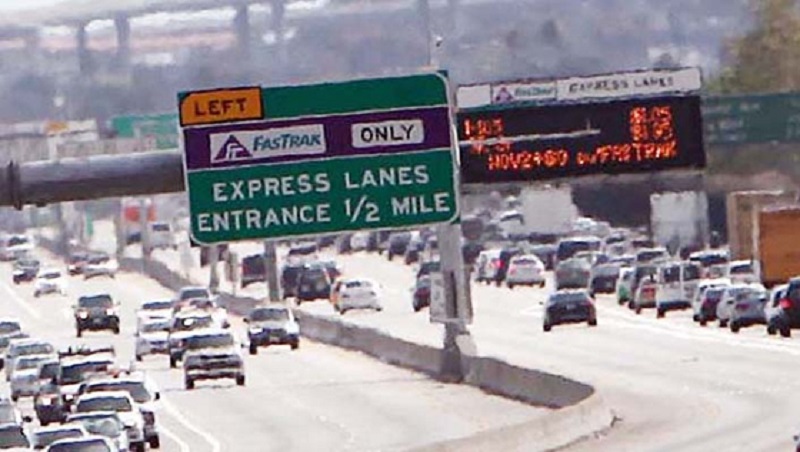Good morning! It’s Monday, June 5. The Los Angeles County Metropolitan Transportation Authority (LA Metro) is pushing for a proposal to implement congestion pricing for drivers on busy freeways. Details of the plan, including pricing and technology, are still being ironed out. The basic scheme under consideration is to limit automobile traffic by charging fees to drive through certain sections of freeways into the city center at certain times. LA Metro’s objectives for implementing congestion pricing include improving air quality, reducing traffic jams, generating revenue for the agency, and promoting the use of public transit. Commuting drivers are expected to oppose the plan due to the additional financial burden it would impose. The agency’s ability to provide alternative transportation options will be a crucial factor in determining the direction of the policy.

Details of the plan, including pricing and technology, are still being ironed out. The basic scheme under consideration is to limit automobile traffic by charging fees to drive through certain sections of freeways into the city center at certain times.
LA Metro has already commissioned a study on congestion pricing for major freeways within its jurisdiction and is expected to release the study report as early as this summer. The agency plans to present the plan to the board of directors for a vote as early as next year.
Congestion pricing is being considered for the freeways that run through the congested downtown area in Los Angeles County. As part of their plan, the agency intends to pilot congestion pricing on selected sections of major freeways in downtown Los Angeles.
The first segment will cover a 16-mile stretch along the 10 Freeway between downtown L.A. and Santa Monica. The second segment will include the 110 and 101 freeways, as well as arterial streets around Downtown L.A. The third segment will encompass the canyon streets and the 5 and 170 freeways connecting the San Fernando Valley to West L.A.
LA Metro’s objectives for implementing congestion pricing include improving air quality, reducing traffic jams, generating revenue for the agency, and promoting the use of public transit.
The idea of paying for roads is nothing new, but the issue is gaining urgency in the past few years. There are two new developments surrounding the issue: the increase of electric cars and greenhouse gas emissions.
As more drivers turn to electric cars, the government’s road funds, which are collected by charging for fossil fuel, are drying up. To meet climate change goals, the government has to discourage burning fossil fuel.
LA Metro claimed that congestion pricing has already proven successful in London, Stockholm, and Singapore.
However, the idea of congestion pricing is viewed by critics as another form of additional taxation for drivers due to the lack of a proper public transportation network in L. A. County.
While subway and light rail lines in L.A. County are expanding, they are still far from adequate, and there are also very limited bus routes. Regardless of how congested the freeways are, driving is still faster than taking public transportation.
Moreover, safety concerns on Metro buses and rail lines often discourage many people from using public transportation when commuting.
In response to criticism regarding the additional financial burden on drivers, LA Metro stated that the pilot program will aim to include subsidies for low-income drivers and carpoolers, along with funding for expanding alternative transportation options.
If congestion pricing fails to effectively discourage car commuting through freeways, the plan will likely be seen as another government scheme to collect money from drivers.
Other cities, such as San Francisco and San Diego, have faced fierce opposition when attempting to impose congestion pricing.
To successfully implement congestion pricing on freeways, it is crucial to provide commuters with safe and convenient alternative public transportation options. Otherwise, local, state, and federal governments could face significant public backlash from drivers.
By Mooyoung Lee lee.mooyoung@koreadaily.com




